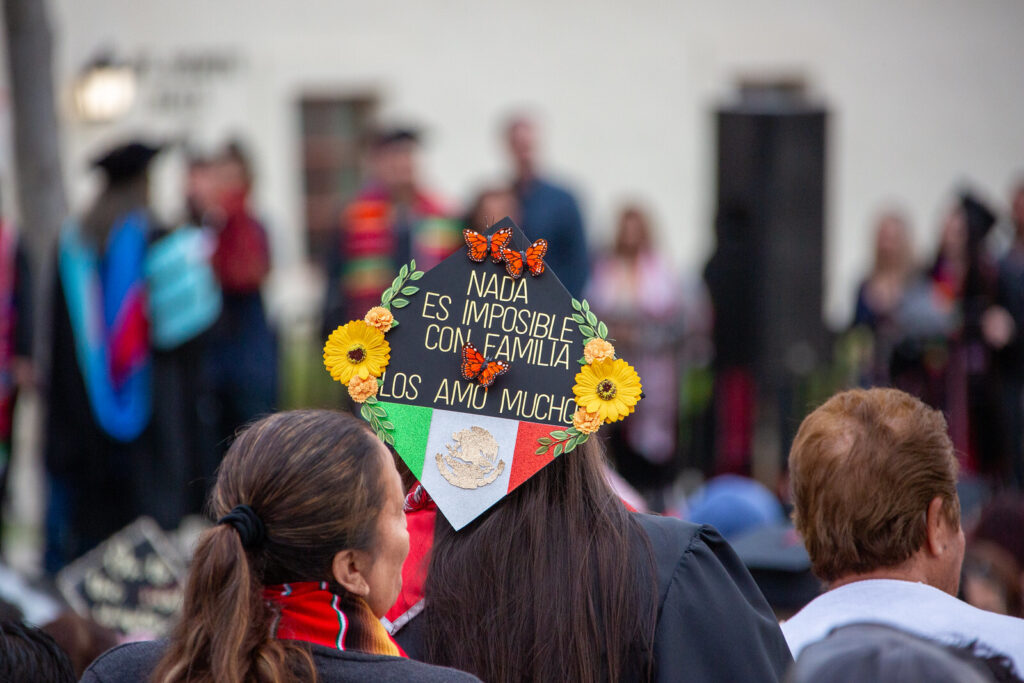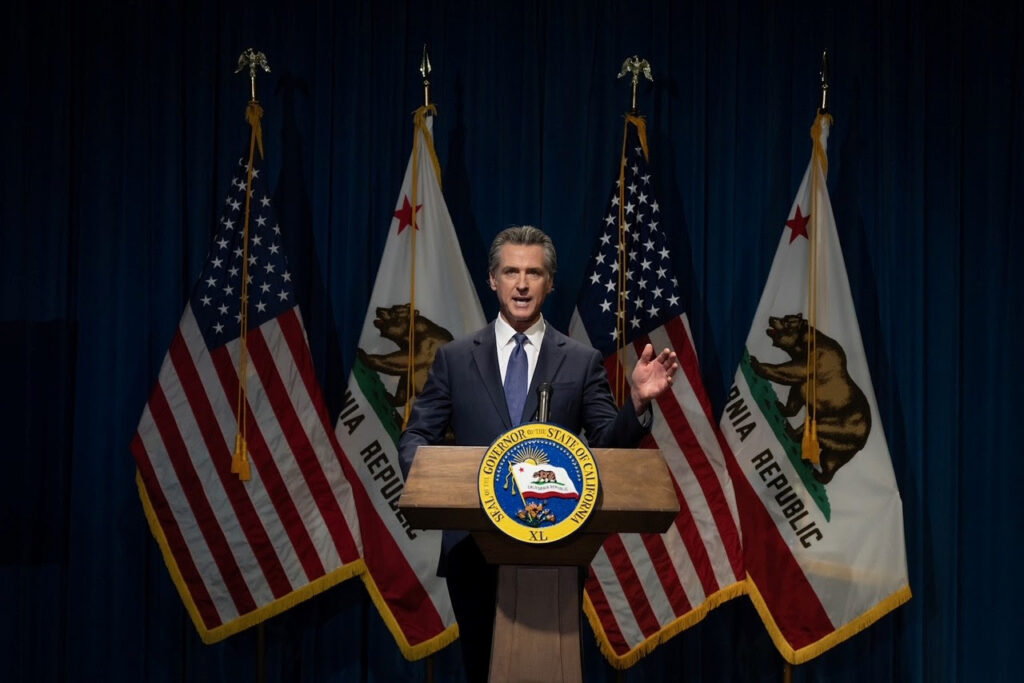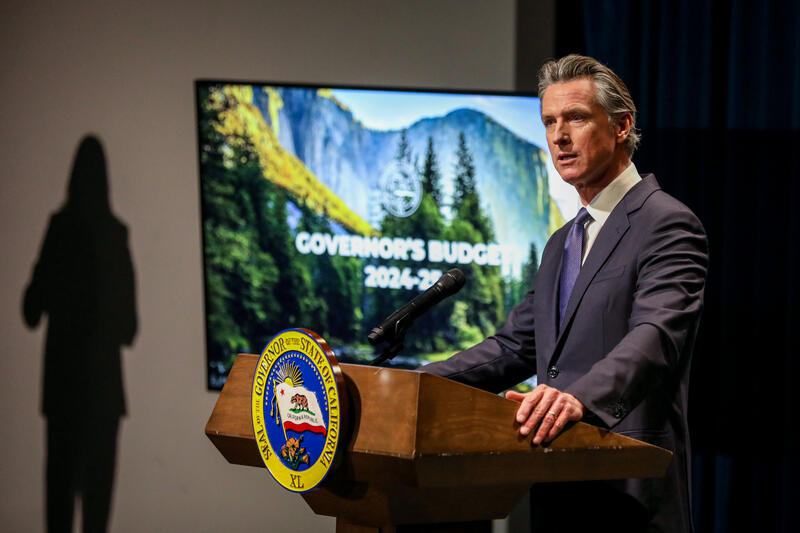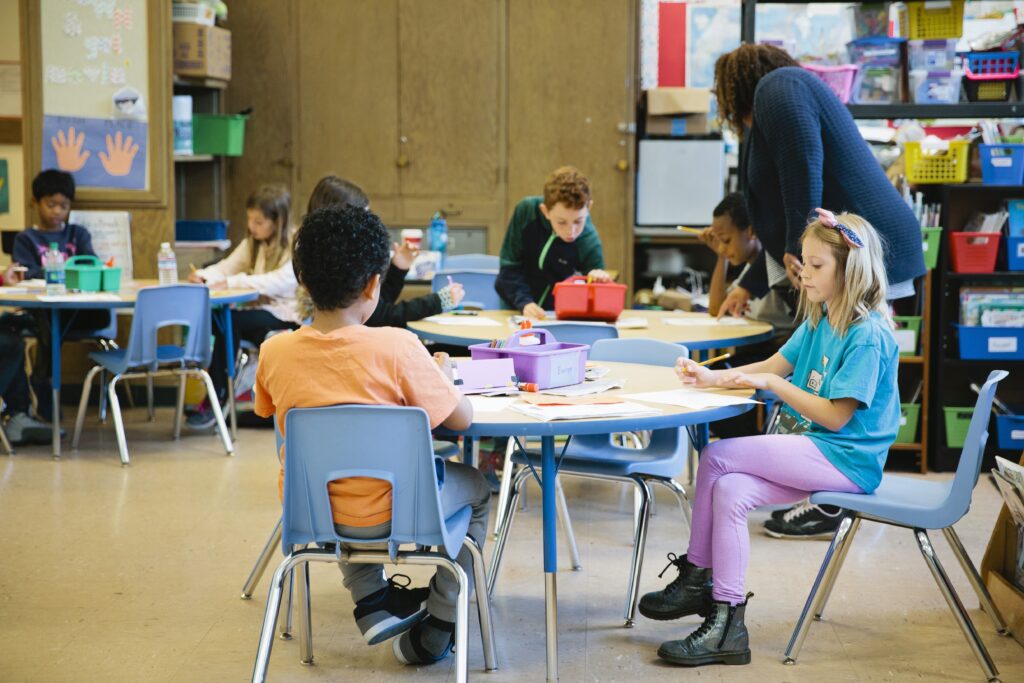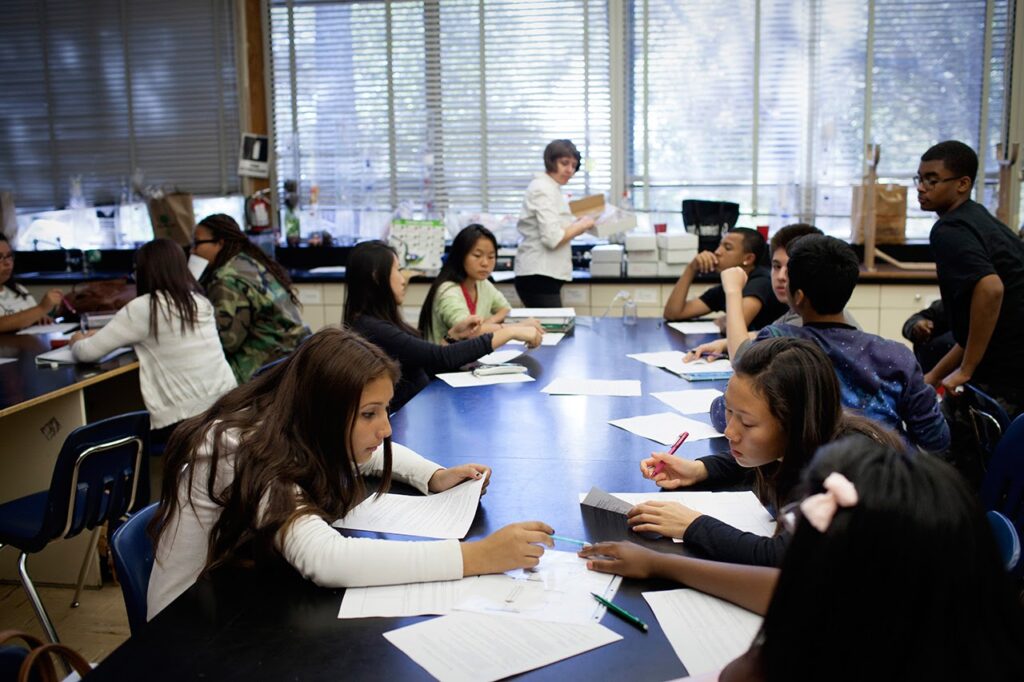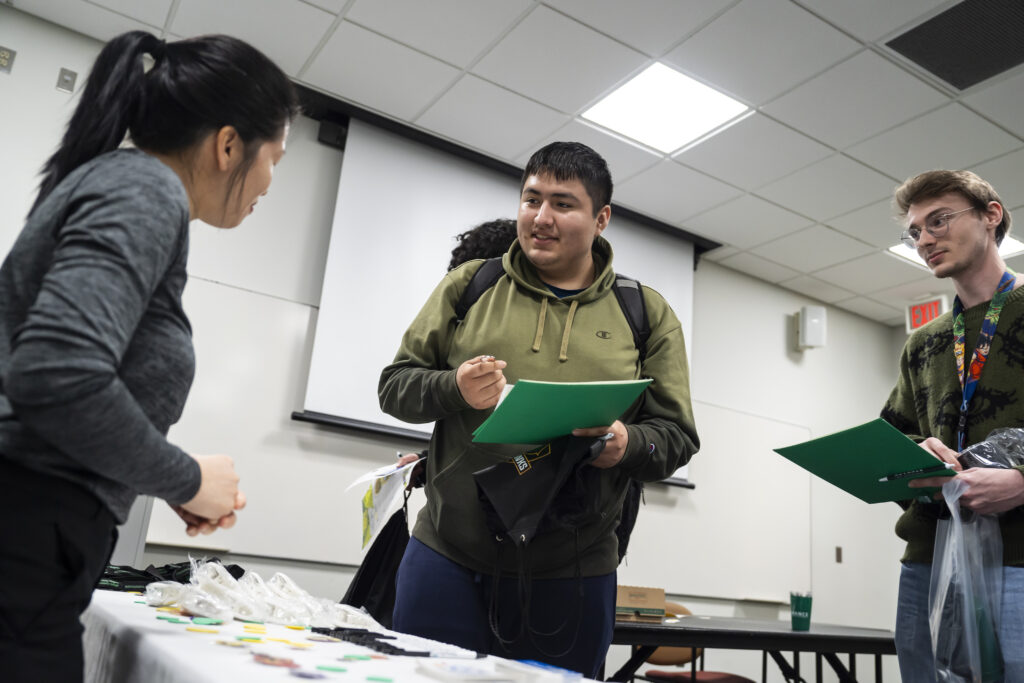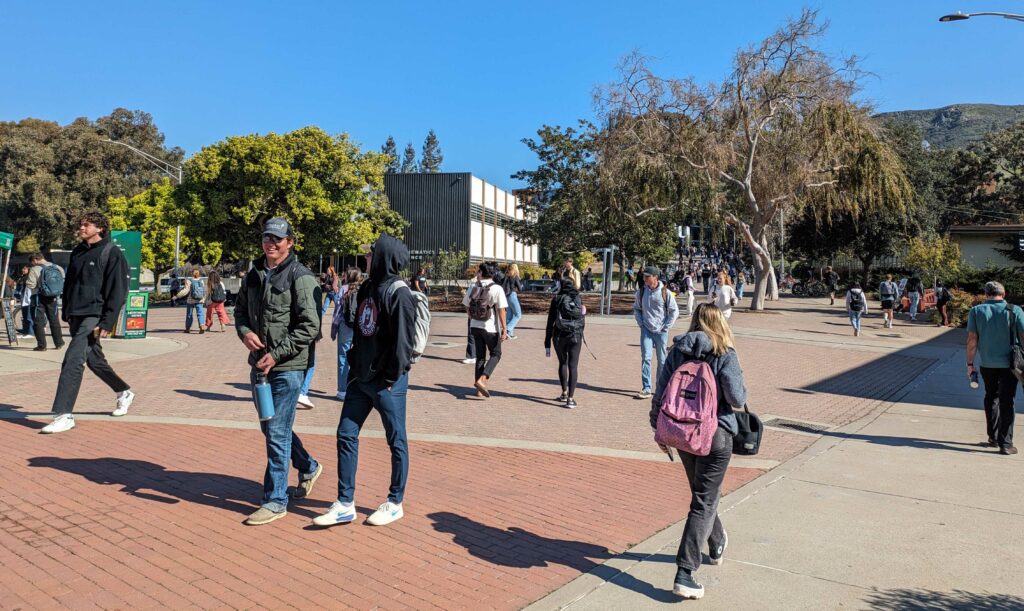
At a recent Latino-themed graduation ceremony at California State University, Channel Islands, a student’s cap proclaims that nothing is impossible with family.
Courtesy of CSU Channel Islands
Top Takeaways
- California colleges and universities have received more than $600 million in program grants.
- Challenger successfully sued Harvard to end affirmative action in admissions.
- Five UC campuses, 21 Cal State schools and many California community colleges are Hispanic-Serving Institutions.
Each year, most of California’s public colleges and universities are eligible for extra federal funding for a simple reason: They enroll high numbers of Latino students.
The federal government sets aside millions of dollars in grants annually for colleges classified as Hispanic-Serving Institutions, a designation earned by having an undergraduate student body that is at least 25% Latino. In total, California colleges and universities have received more than $600 million in HSI grants since federal funding for the program began in 1995.
California, with its large Latino population, has the most HSI campuses in the nation — 167, or more than a quarter of the 602 HSIs in the country. That includes five of the University of California’s nine undergraduate campuses, all but one of California State University’s 22 regular campuses and the majority of the state’s community colleges.
But now, California colleges classified as HSIs are facing an uncertain future and could be at risk of losing that designation and funding if a recently filed lawsuit is successful.
The lawsuit was brought in U.S. District Court by the state of Tennessee and Students for Fair Admissions, the same group that successfully sued Harvard to end affirmative action in admissions. It argues the criteria to become an HSI are unconstitutional and discriminatory against other ethnic groups and that all colleges serving low-income students, regardless of racial composition, should be allowed to apply for the grants currently available to HSIs.
Colleges are eligible for the HSI designation if they sustain Hispanic enrollment of at least 25% and at least half of their students are low income. The designation allows them to apply to the competitive grant program. The money is meant to be spent on programs that could benefit all students, not just Latino students, proponents note.
So many California public campuses have the HSI designation in large part because of the state’s demographics: 56% of the K-12 enrollment is Latino.
The legal challenge is distressing to some officials and students who say the HSI grant funding has allowed many California campuses to improve their student support services, such as by offering faculty development as well as adding counseling and student retention programs that benefit Latino students and others.
“A lot of these campuses depend on HSI funds. And with that potentially being stripped, there is going to be a loss of vital infrastructure,” said Cristian Ulisses Reyes, a graduate student at California Polytechnic State University, San Luis Obispo, where he has been part of an effort to help that campus earn HSI designation by next year.
Supporters of HSIs have been anticipating the possibility of a challenge to the program since President Donald Trump returned to office in January, particularly with the White House’s increased hostility toward diversity, equity and inclusion programs, said Deborah Santiago, the CEO of Excelencia in Education, a nonprofit focused on the success of Latino students in higher education.
“So this lawsuit feels like a culmination of all those fears,” she said.
The lawsuit names the U.S. Department of Education and U.S. Secretary of Education Linda McMahon as defendants. It’s not clear to what degree the department will fight the lawsuit. The Department of Education did not return a request for comment.
Edward Blum, a conservative activist and president of Students for Fair Admission, said in an email that the explicit Latino enrollment threshold requirement for HSI designation is, in his view, illegal.
“That means otherwise qualified institutions are denied access to millions in federal support solely because they lack the designated racial mix. That’s racial preference disguised as education policy,” he said.
The lawsuit was filed this month in the U.S. District Court for the Eastern District of Tennessee, and the plaintiffs argue that all colleges in Tennessee serving low-income students should be eligible for grants currently available to HSIs.
“Funds should help needy students regardless of their immutable traits, and the denial of those funds harms students of all races. This Court should declare the HSI program’s discriminatory requirements unconstitutional, letting colleges and universities apply regardless of their ability to hit arbitrary ethnic targets,” the lawsuit states.
The lawsuit would create a lot of problems if the case goes against HSIs, but in the immediate future, it doesn’t change anything, said Santiago of the Excelencia in Education group. “There’s still going to be an application, as far as we know, for competitive grants this year, and institutions that have HSI funds are able to continue to use them,” she added.

California State University, Channel Islands, has been an HSI since 2010 and now has a student body that is about 60% Latino. Achieving and maintaining the designation has likely helped the campus recruit Latino students over the years, said Jessica Lavariega Monforti, provost of the campus.
“Students are savvy today and they want to know what programs are available to support their success,” she said.
The campus, since 2010, has received $42 million in HSI-related funding, which includes National Science Foundation grants for which HSIs are eligible to apply.
One of the programs created with that funding, called the CSUCI Initiative for Mapping Academic Success, launched campuswide in 2022 and aims to help students who are struggling academically. They are then set up with faculty in weekly workshops to get back on track. So far, according to Lavariega Monforti, retention for students in the program is 7% higher than their peers.
The majority of students who have participated in that program are Latino, but like many initiatives funded by HSI grants, it is not exclusive to Latino and Hispanic students.
The campus has also used HSI funding to train faculty in culturally responsive pedagogy, improve outreach to nearby community colleges to increase transfers, and offer mentorship for students to prepare for their careers after graduation.
“I think what we’re most proud of is that we have been truly student-centered in our approaches,” Lavariega Monforti said. “I hope we get to continue to do this because this is about the ways in which our institution is able to invest back into our community.”
About 150 miles north of the Channel Islands campus, another Cal State campus, Cal Poly San Luis Obispo, is in the process of trying to earn its own HSI designation. This past fall, Latino and Hispanic enrollment at the campus hit 25% for the first time. Campuses must maintain that threshold for two years before they can apply for the designation.
If the campus becomes an HSI next year, every CSU campus would have the designation. As of now, the only other campus that is not an HSI is California State University, Maritime Academy, but that is soon to be merged with San Luis Obispo.
Across UC, five of the system’s nine undergraduate campuses are HSIs: Irvine, Merced, Riverside, Santa Barbara and Santa Cruz. Another, Davis, achieved eligibility this past fall by crossing the 25% threshold of Latino enrollment. UC hopes for every campus to eventually have the designation, including UCLA and UC Berkeley.
Reyes, the San Luis Obispo graduate student who also earned his undergraduate degree there, is hopeful that the HSI designation will still exist by the time the campus is eligible to apply. He helped launch the campus’s push for HSI designation while working in the Office of Diversity & Inclusion, including helping to plan a symposium on the effort in 2023.
Reyes is a first-generation college student and said connecting with other Latino staff and students helped him find his way and succeed on the campus.
He first enrolled as a biology major, but was failing classes and on academic probation in his first year. Then he met with a counselor who happened to be Latina and helped inspire him to change his major. He also ended up joining the Lambda Theta Phi Latin Fraternity, a Latino fraternity that he said ended up being the “backbone” of his time on the campus.
Getting the HSI designation and potential federal funding would allow the campus to add more services to help future students, Reyes noted. But after seeing the lawsuit that was filed targeting HSIs, he’s worried the campus might never get to that point.
“It kind of felt like attacks were inevitable to happen, but actually seeing that was frightening and worrisome for me,” he said.
